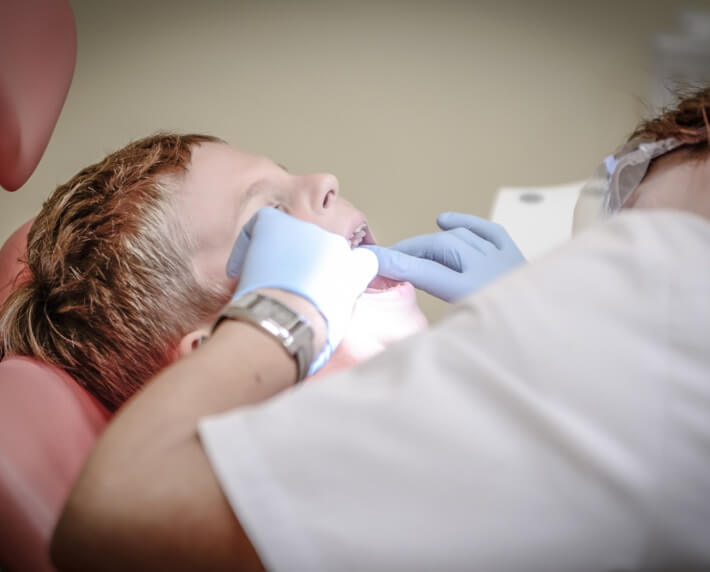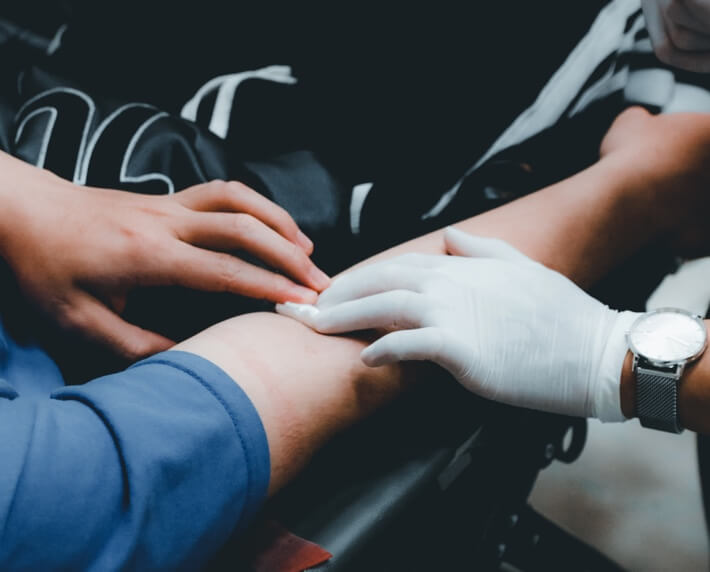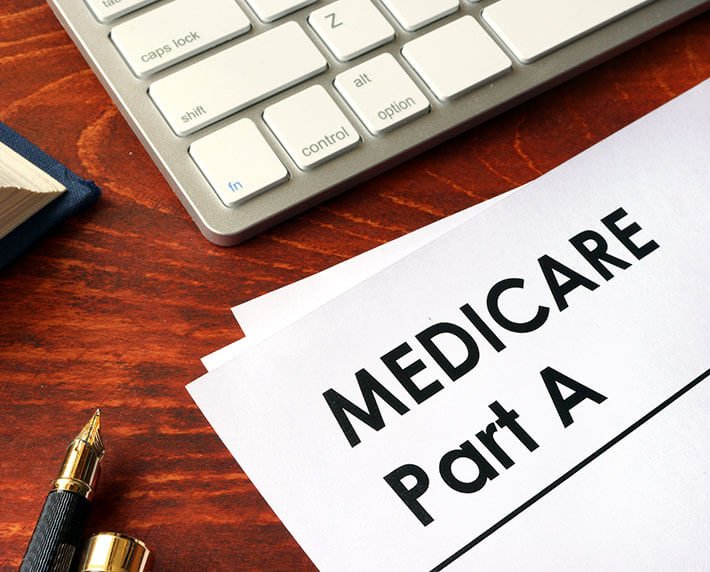What Is Medicare Part D? Understanding Your Medicare Pharmacy Coverage And Costs
Get a Free QuoteMedicare Part D provides pharmacy coverage that standard Medicare Part A and Medicare Part B plans do not offer.
Medicare Part D is a private, stand-alone policy offered by insurance companies to Medicare enrollees who reside in the Part D plan’s service area. Medicare Part D is not a required coverage but is highly recommended if you need prescription medications on a regular basis. Enrollment into a Medicare Part D plan must be done once you become eligible or you may face a late enrollment penalty from Medicare.
Since Medicare Prescription Drug Plans are products sold by private insurance companies, each company will have different lists of what drugs are covered (formulary) and what the cost-sharing requirement will be, if any. These lists generally will change from time to time, so it is essential to read any documentation you receive from your Medicare Part D insurance carrier and look over your Prescription Drug Plan yearly to ensure it is still the best option for your pharmacy needs. If Medicare Part D your policy changes, your insurance company would send out an Annual Notice of Change every fall for you to review.
Like any private insurance plan, Medicare Part D plans have cost-sharing requirements that are required to be met before the policy to cover the prescriptions at 100%. If the plan has a deductible, it must be satisfied first.
Once the deductible is met, you may have a coinsurance (percentage of contract amount) or a copay (flat rate) depending on how the cost sharing is defined in the actual policy itself. In the event your Maximum Out Of Pocket (MOOP) is met, coverage for your prescriptions under Medicare Part D is covered at 100% (if applicable); otherwise, a Medicare gap, known as a “donut hole”, takes effect.
The biggest draw to Part D policies is that pharmacies bill based on the contracted rate agreed upon by the insurance company and the pharmacy.
How Does Medicare Part D Work?
An epinephrine auto-injector (known by the brand name ”Epipen”) may have different billable rates and are set up based on the formulary which determines what tier they fall. Below is just an example and not representative of actual dollar amounts.
Retail price: $650 (the price you would pay without pharmacy coverage)
Company A’s Part D plan: $376
Company B’s Part D plan: $298
Company C’s Part D plan: $350
Your responsibility may vary based on the insurance carrier you go with for your prescription coverage.
Company A may require a 10% coinsurance ($37.60), Company B may require a flat $50 copay, and Company C may have a 20% coinsurance ($70). Depending on premiums, Company A may be the best choice; however, the more cost sharing you are willing to be responsible for, the lower the premiums will be. In this case, Company C may be the best choice when you look at cost sharing AND premium payout combined.
This is why it is essential to discuss purchasing a Medicare Part D plan with an independent agent how can help you better understand your financial obligations with whatever policies are being offered.
Medicare Part D Alternative
If you decide you would rather opt to have a private insurance version of Medicare, you can locate a Medicare Advantage plan that offers prescription coverage and have all your coverage under one roof. This makes it easier for many who are looking for additional coverage not provided by Medicare Part A and Medicare Part B without having to have multiple policies for the coverage. Medicare Advantage plan providers will offer different plans with different types of non-standard Medicare coverage, so you can expect your premiums to vary based on the type of policy you choose.
Medicare Part D Coverage Gap
The “donut hole” is a Medicare coverage gap that causes a large amount of confusion when talking about Medicare Part D. Currently, Medicare Part D have a yearly limit on how much they will pay on prescription drugs, at which point you may be responsible for 100% of the cost of the drugs up to a certain limit. This coverage gap will eventually close by 2020 based on current federal reforms on health care legislation.
See what you qualify for by answering some health questions.










Leave a Reply
Want to join the discussion?Feel free to contribute!